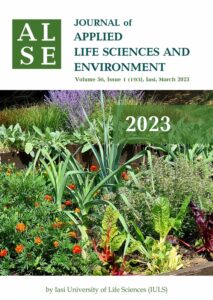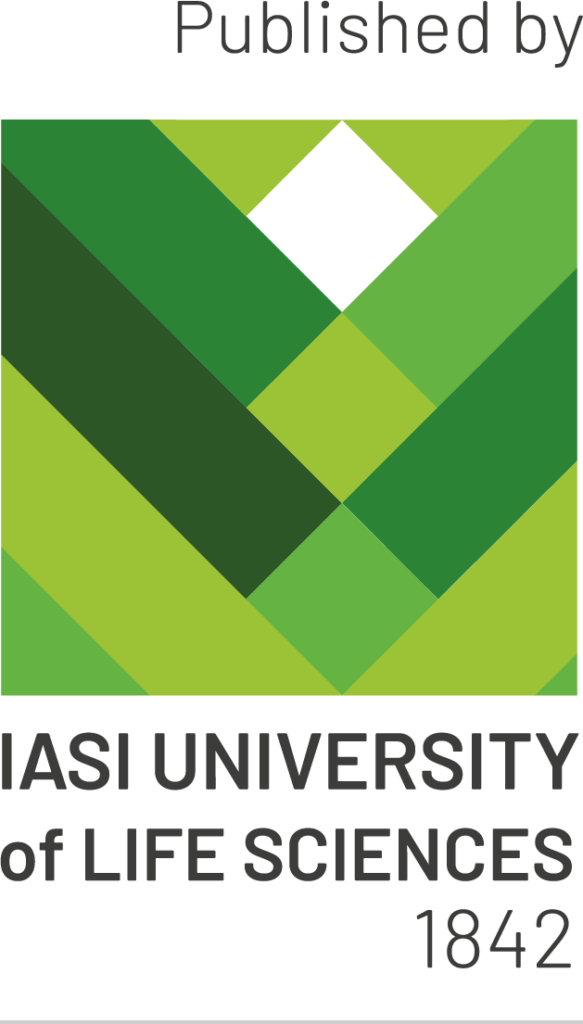Oseyomon John Aigbokhan, Oludare Hakeem Adedeji, Abiodun Olusegun Oladoye, John Adebayo Oyedepo
ABSTRACT. In this study, the spatiotemporal dynamics of the urban environment and thermal environment of Benin City are analysed. The maximum likelihood algorithm for land use and land cover (LULC) analysis was used to categorise Landsat images. The relative transfer equation (RTE) and land surface emissivity (LSE) approaches were used to retrieve the land surface temperature (LST), whereas the Cellular Automata-Markov (CA-Markov) algorithm was used to forecast the LULC for 2030. The findings reveal evolving LULC patterns over time. Built-up areas made up 19.66% of the total area in 1990, bare ground made up 9.25%, and vegetation made up 71.08%. Built-up areas reached 23.40% in 2000, bare land reached 12%, and the vegetation cover dropped to 64.16%. In 2010, there was an increase in the proportion of built-up areas to 44.38%, the proportion of bare land increased to 22.20%, and the proportion of vegetation decreased to 33.42%. Built-up areas reached 61.79% in 2020, compared to 22.29% for bare land and 61.79% for vegetation. Regarding the relationship between the fractional vegetation cover (FVC) and LST, for the years 1992, 2002, 2012, and 2022, R2 is equal to 0.87097, 0.84598, 0.83957, and 0.71838, respectively. Conversely, for the LST and the normalised difference built-up index (NDBI), the R2 values were 0.5975, 0.73876, 0.86615, and 0.90368 for 1992, 2002, 2012, and 2022 respectively. In conclusion, this study evaluates Benin City’s metropolitan setting and thermal environment. According to the LULC study, there are more built-up areas and less vegetation. The impact of the changing land cover on urban thermal features is shown through correlation analysis, which links more built-up regions to higher LSTs. These results can support urban design efforts to lessen the effects of climate change. Examining the distribution of the LST and its associations with particular land cover types was the major goal of this study. Future research will undoubtedly use this study as a useful reference when modelling urban terrain and temperature variations.
Keywords: algorithm; concentric zone; emissivity; zonal statistics.

 Ornamental vegetable gardens are aesthetic, educational, ecological, economical, sanitary and a source of fresh food. Small allotments in urban and peri-urban areas do not allow the implementation of utilitarian gardens.
Ornamental vegetable gardens are aesthetic, educational, ecological, economical, sanitary and a source of fresh food. Small allotments in urban and peri-urban areas do not allow the implementation of utilitarian gardens.

